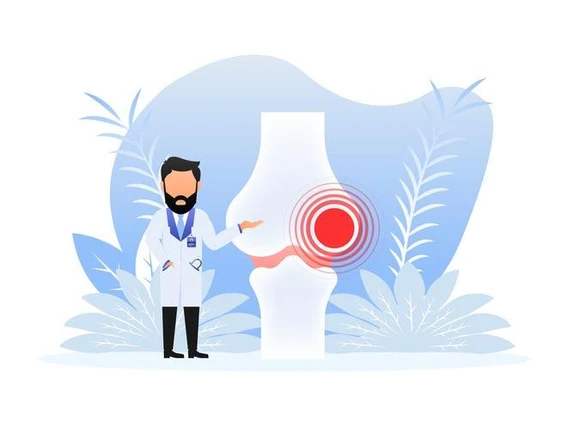What is Piriformis Syndrome?
Piriformis syndrome is a condition that occurs when the piriformis muscle, located in the

buttocks, causes pain and discomfort. The piriformis muscle is a small muscle that runs from the sacrum (base of the spine) to the outer hip. It plays a role in hip rotation and stability.
Piriformis syndrome is characterized by the compression or irritation of the sciatic nerve, which runs beneath or, in some cases, through the piriformis muscle. The compression of the sciatic nerve by the piriformis can lead to symptoms similar to sciatica, including pain, tingling, and numbness along the path of the sciatic nerve, which typically extends down the back of the leg.
Symptoms of Piriformis Syndrome:
1. Pain:
- Pain is often felt in the buttock and may radiate down the back of the thigh. It can be sharp or dull and may worsen with prolonged sitting, walking, or climbing stairs.
2. Tingling and Numbness:
- Some individuals with piriformis syndrome may experience tingling or numbness along the sciatic nerve pathway, which can extend into the lower leg and foot.
3. Aggravated by Movement:
- Symptoms may worsen with activities that involve hip movement, such as walking, running, or sitting for extended periods.
4. Muscle Tightness:
- The piriformis muscle may become tight, and there may be tenderness in the buttock region.
Causes of Piriformis Syndrome:
The exact cause of piriformis syndrome can vary, and it may result from:
- Muscle Tightness or Spasm:
- Tightness or spasms in the piriformis muscle can lead to compression of the sciatic nerve.
- Anatomical Variations:
- Some individuals may have anatomical variations, such as the sciatic nerve passing through the piriformis muscle, making them more susceptible to compression.
- Injury or Trauma:
- Injuries or trauma to the piriformis muscle or surrounding area may contribute to the development of piriformis syndrome.
- Overuse or Repetitive Strain:
- Overuse or repetitive strain on the hip muscles, as seen in activities like running or prolonged sitting, can contribute to muscle imbalances and compression of the sciatic nerve.
Diagnosis and Treatment:
Diagnosis of piriformis syndrome involves a thorough examination by a healthcare professional. This may include a review of medical history, a physical examination to assess muscle tightness and tenderness, and, in some cases, imaging studies like MRI or ultrasound to rule out other potential causes of symptoms.
Treatment for piriformis syndrome typically involves:
1. Rest and Activity Modification:
- Avoiding activities that worsen symptoms and incorporating rest can help reduce irritation of the piriformis muscle.
2. Stretching and Physical Therapy:
- Stretching exercises and physical therapy can help improve flexibility, reduce muscle tightness, and strengthen supporting muscles.
3. Anti-Inflammatory Medications:
- Nonsteroidal anti-inflammatory drugs (NSAIDs) may be recommended to alleviate pain and inflammation.
4. Heat or Ice Therapy:
- Applying heat or ice to the affected area may help alleviate symptoms.
5. Injection Therapy:
- In some cases, injections of corticosteroids into the piriformis muscle may be considered to reduce inflammation and pain.
6. Surgery (Rarely):
- Surgical intervention is typically considered only when conservative treatments are ineffective, and the symptoms persist.
It’s important for individuals experiencing symptoms suggestive of piriformis syndrome to seek medical evaluation for an accurate diagnosis and appropriate management. A healthcare professional can provide tailored recommendations based on the specific circumstances and severity of the condition.


















